SALES Month over Month (courtesy of ARMLS) May’s sales of 8,442 continued on the same robust path of the preceding month, only slightly above the 12 month average of 8,290. Sales for March, April and May have been strong, each landing over 8,000. SALES Year over Year May 2012 sales figure is down 13.9% from the May 2011 figure, possibly mirroring the decline in inventory of homes available for sale from 2011 to 2012.
NEW INVENTORY New listings rose only slightly in May (1%) to land at 9,270. This figure is 11.4% below new listings added in May 2011. May’s figure is in line with the twelve month average (9,367) of new inventory added to the market each month.
TOTAL INVENTORY Total inventory fell 2.5% in May to 20,162, representing the 10 th decline in the last 12 months. Since the May 2011 figure of 31,661, total inventory has fallen 36.3%. The inventory metric reached its decade high (58,178) in October 2007. It remained above 50,000 through February 2009, and began a slow decent below 50,000 starting in March 2009, continuing a steady downward trek during the second, third and fourth quarter of 2009, all of 2010 and 2011 up to the present. May’s total inventory figure is 65.34% lower than its decade high.
MONTHS SUPPLY OF INVENTORY (MSI) Market wide MSI dropped slightly in May to 2.39 months. With the exception of the last three months when MSI hovered below 2.5, the Valley has not seen an MSI below 2.5 since September 2005 in the run up to the burst of the real estate bubble. MSI for the entire Valley is tracked as a barometer of overall market health. It should not be used to assess inventory supply in smaller market niches which have their own MSI based on supply and demand in that niche.
NEW LIST PRICES Both new list price metrics rose in May. The median list price rose 4.7% to $157,000 and the average list price rose 2.5% to $234,200. Each of these metrics has followed an upward trend line over the past twelve months.
SALES PRICES Sales prices, which had been slower than list prices to begin their climb from the bottom, began their upward trend in August/September 2011. The median sales price in May rose 5.1% to $145,000. Median sales price has risen each of the last seven months. Likewise, average sales price rose 8.2% in May to $204,700, capping off a three month run of increases of 8.4%, 4.8% and 8.2%. Sales prices which fell nearly 60% from their decade high of $264,800 in June 2006 to their low of $108,300 in May 2011 (median), and $350,400 in May 2007 to the decade low of $151,368 in August 2011 (average), have now recovered by 33.89% and 35.23%, for the median and average respectively.
THE ARMLS PENDING PRICE INDEX™ The ARMLS Pending Price Index is a forecasting tool unique to ARMLS which uses the pending properties inside MLS to predict pricing 30 days into the future. Last month, STAT’s 30 day forecast predicted the median sales price to land at $139,900, missing the actual median of $145,000 by 3.65%. The average sales price predicted by the PPI last month was $189,100, missing the mark by 8.25%, with the actual sales price landing at $205,000. The current PPI predicts $140,000 for June median sales price and $193,000 for the average sales price. For the last seven months, actual median and average sales price have bested PPI’s predictions.
PPI SUPPLEMENT The PPI Supplement focuses on newly pended properties added to the total pending pool each month. This month’s supplement shows further decline in the numbers of pendings in the ranges $150,000 and below. As availability of property in the lower ranges declines, activity will shift to the next higher ranges. The upward trend in the price ranges from $150,001 through $350,000 reported in April STAT continued through May.
PPI SUPPLEMENT - $/SQ FT The PPI $/SQ report examines incremental gains or losses over a rolling four months in the price per square foot of newly pended properties added to the pending pool each month. This month STAT reports a change of $2/FT since March in the ranges $150,001 and $250,000. Lack of inventory below $150,000 has put positive pressure on the next higher ranges.
FORECLOSURES PENDING Foreclosures pending ticked up slightly in May to 18,596, and have hovered around the 18,000 mark since January. Foreclosures pending hit their high of 50,568 in November 2009, and have continued steadily downward until their trend line flattened starting in January. Declines in foreclosures pending are a necessary prerequisite to the Valley’s recovery. Foreclosures pending in the 5,000 range was typical for 2003 and 2004, considered by many to be the last “normal” market in the Valley. Foreclosures pending still have a way to go to approach normalcy.
DISTRESSED SALES Distressed sales, a composite of foreclosures and short sales, declined .6% in May to 43.4% of total sales, compared to 74.1% at its high in September 2010. The trend line since that time has been steadily downward. The ratio of short sales to foreclosures widened again in May with 2,245 short sales (a 5.5% increase over April) to 1,423 foreclosures (1.9% below April’s figure). Twelve months ago foreclosures represented 40.8% of total sales, and short sales accounted for 27%. Lender preference for short sale workouts over foreclosures is seen as positive, since it is less damaging to the borrower, the property and the community.
AVERAGE DAYS ON MARKET (DOM) Market wide DOM declined slightly (one day) in May to 85. Days on market is seen as a barometer of overall market health, and is not indicative of DOM in smaller market niches, which have their own DOM based on the supply and demand balance. The Valley has not seen DOM in the mid 80 day range since Sept/Oct 2006.
COMMENTARY May continued the positive pricing resurgence begun in August/September of 2011 in all four pricing metrics: median and average list price (up 4.8% and 2.5% respectively) and median and average sales price (up 5.1% and 8.2%). The gains in the sales price metrics represent a 33.89% rise from the median’s lowest point in May 2011, and 35.23% increase in the average sales price from its low in August 2011. Even considering the 60% fall from their highs in 2006/2207, these gains are encouraging and long overdue. Lack of inventory, particularly at the low end of the pricing spectrum, is problematic and frustrating for potential Buyers and their Agents. But the forces of supply and demand at play in these lower ranges encourage Buyers, convinced of the inherent affordability of the Valley’s housing, to take advantage of affordability at the next higher ranges. Painful as this is for those operating at the low end, it is necessary for meaningful pricing recovery. The market remained robust in May with high sales figures slightly ahead of the twelve month average. The short sale to foreclosure ratio validates continued lender preference for working with borrowers caught in the unenviable position of negative equity, over taking their homes back through foreclosure. Workouts are only possible if there are Buyers willing to go through the short sale process. On June 4, ARMLS and FNMA launched a new streamlined Short Sale Assistance Desk (SSAD) to service additional short sales, where FNMA owns the underlying first lien, and hasten the path to resolution. During the initial phase of ARMLS’s SSAD, which is only available to members of ARMLS and their clients, approximately three hundred cases were submitted to Fannie Mae to intervene with servicers by acting as a catalyst for short sale submissions whose process had stalled. As STAT has reported in previous issues, the Valley does not exist in a vacuum. Disappointing news on the job front for May, which tallied only 69,000 new jobs and an increase in the national unemployment rate to 8.2%, threatens our fragile recovery. 1 In the context of the 246,000 new monthly jobs between November 2011 and February 2012, May’s numbers are paltry and remind us that even though the economy is growing, the pace can be slowed and the direction reversed by circumstances distant from the Valley. Troubles in the eurozone, traditionally a hearty consumer of US goods, ripple out as far as Arizona, affecting jobs, production and unemployment, all three key recovery metrics. On a more optimistic note, state economists recently raised their predictions of Arizona’s job gain from 29,000 to 47,100 in 2012, double the jobs added in 2011. 2 The National Association of Homebuilders tracks housing markets showing measurable and sustainable improvement. In April Phoenix joined the top twenty landing at the number two spot on the list. 3 Our housing market is dependent on jobs for its continued recovery, but other factors also carry weight, such as pricing affordability and long term mortgage rates. On May 17th Freddie Mac reported 3.79% for the average 30- year fixed rate, the lowest it has reported since it began keeping records in 1971. 4 In May the Valley’s fragile housing recovery continued amid threats at home and abroad. Clearly the momentum has a forward thrust but remains vulnerable. Once again, it is steady as she goes. 1 http://www.bloomberg.com/news/2012-06-01/employment-in-u-s-increased-69-000-in-may.html 2 http://tucsoncitizen.com/arizona-news/2012/05/04/new-report-arizona-boosts-job-forecasts-for-2012-2013/ 3 http://agbeat.com/real-estate-news-events/phoenix-skyrockets-in-top-20-improving-markets-list/ 4 http://www.businessweek.com/articles/2012-05-22/existing-home-sales-rise-affordability-helps


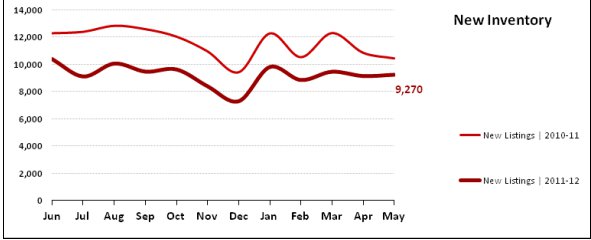
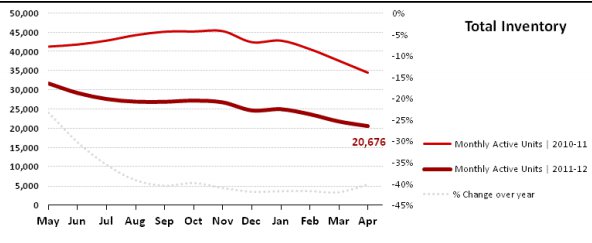
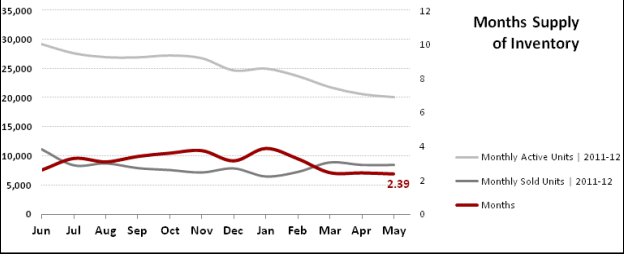
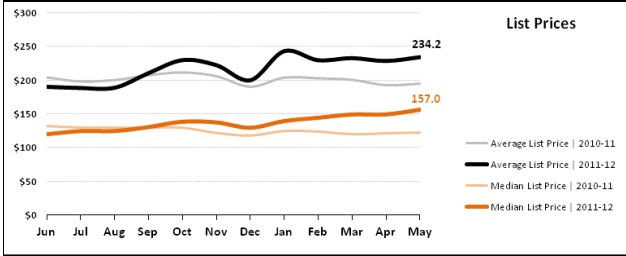
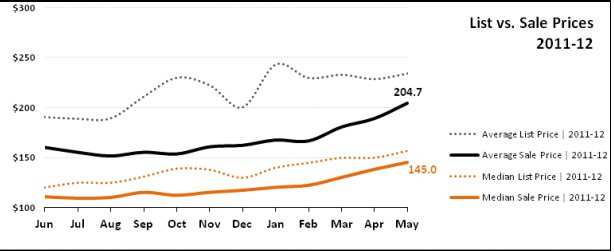
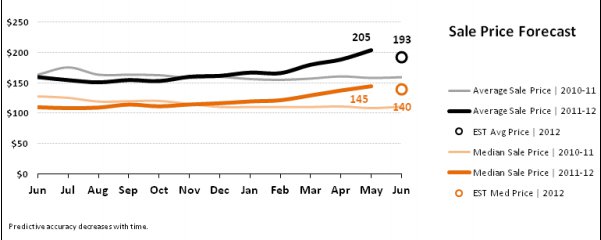
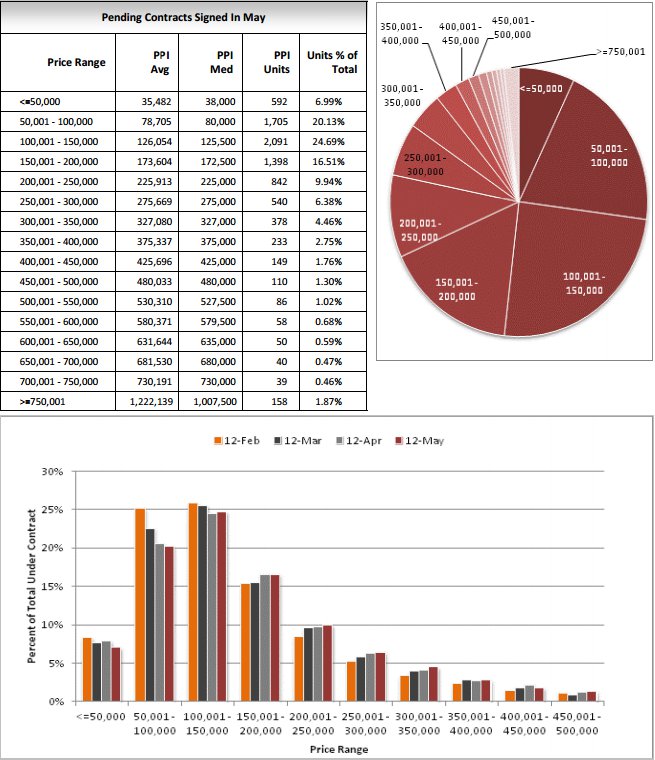
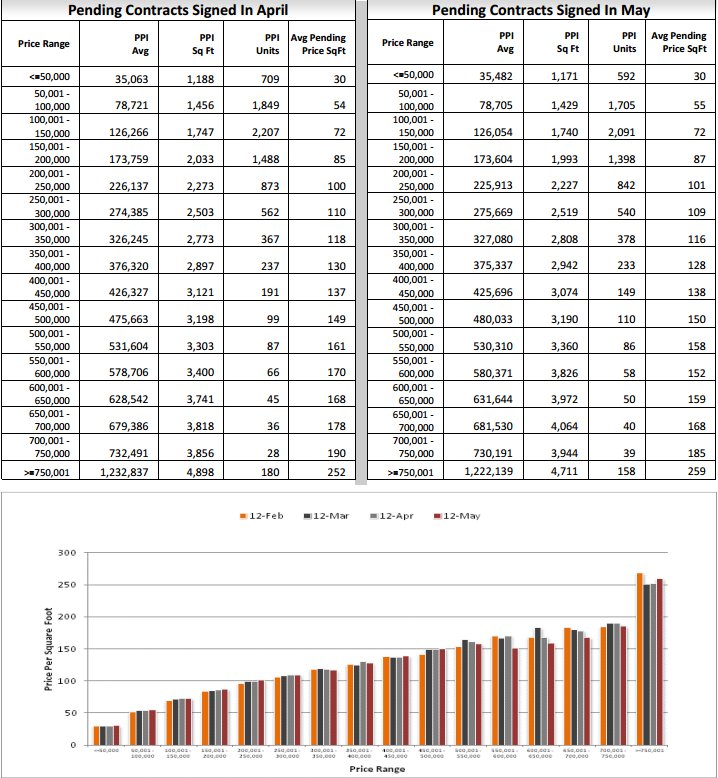
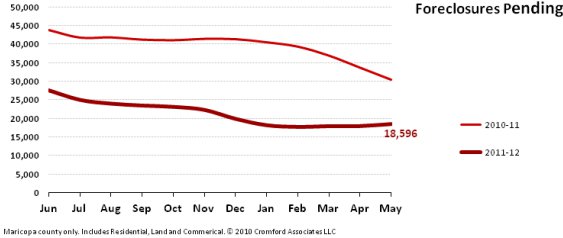
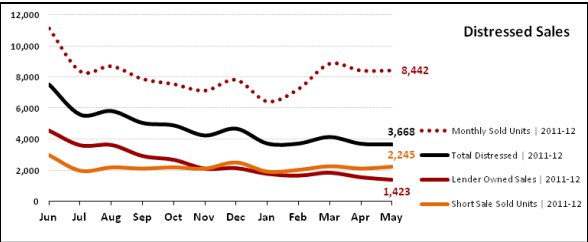
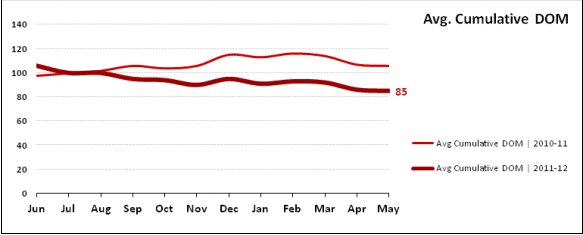

480-652-2004